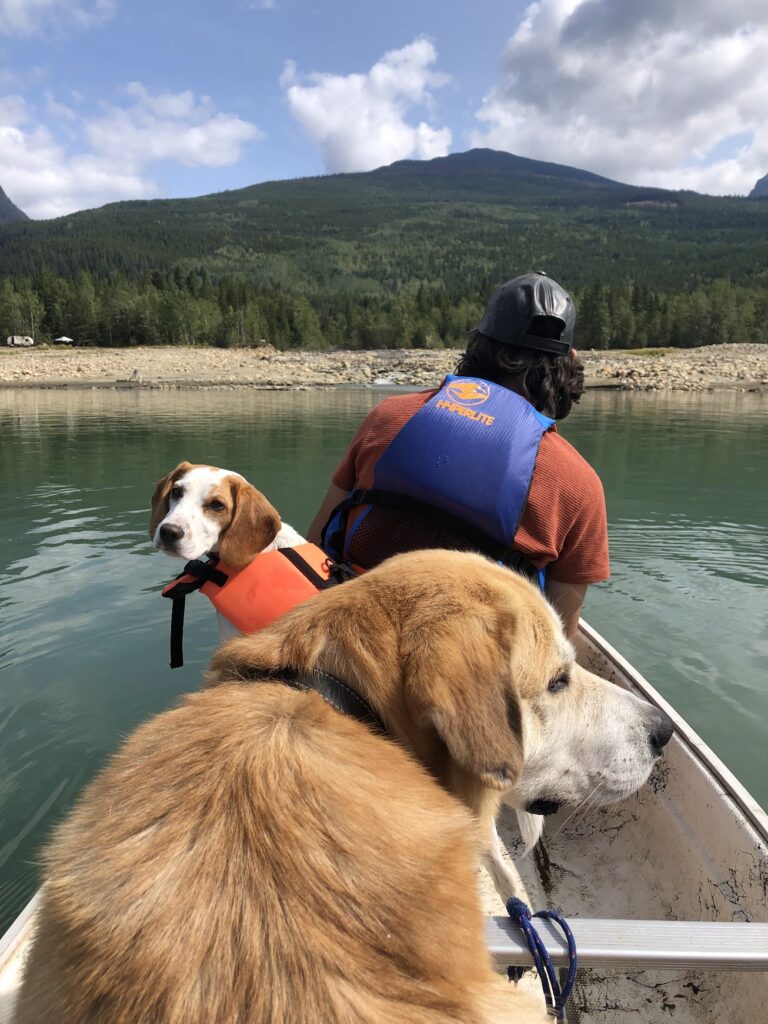
Outdoor recreation is an in progress aspect of my life, as I look to make it part of a career that I haven’t started yet! Plus, as I move from student poverty, in both time and money, I am able to afford my outdoor hobbies more and more. Namely, I was finally able to purchase a mountain bike, and outdoor climbing gear for myself last year, and though I own camping gear, I was often without the time or money to afford to drive out to camp or hike somewhere and not do schoolwork. I have worked anywhere from 12 to 40 hours a week for the duration of my post-secondary education. So, I am looking forward to being a teacher since I will be able to make money at school for once! Money, of course, is not the end goal though, rather, the financial security, and the ability to afford the outdoor activities that brighten my life and ease my soul are part of what I’m looking forward to, moving into a career. Of course, the absolute beauty of teaching above many other careers, is that I can bring my classroom out to community, onto the land, and into the outdoors!
I love the outdoors. I also have a genuine respect and humility in the terrible magnificence that is the culmination of phenomena, landscapes, and life that we call the outdoors, or nature. Often times, it scares me. So I am constantly building up my knowledge, confidence, and practices when in the outdoors, so that I am able to deal with a variety of situations, should they arise. As the saying goes, though, prevention is better than intervention, so the bulk of my learning is focused on risk management since, I want to educate in the outdoors and make as many opportunities to do so as I can manage.
Before I go on, though, I need to take some time to talk about what it is I mean by the outdoors. The outdoors is a way of defining things that exist outside indoor spaces, which may or not include spaces which are human-made but still outside, such as skate parks, sidewalks, city streets and more. My understanding of the outdoors, clinically, is anything that isn’t indoors. However, when I am looking to fill my cup with time spent outside, the outdoors that I think of is a space that is largely made up of organic life and matter so, not a skate park, or a city, or a sidewalk. That being said, these are still preferable alternatives to being indoors when I need a good reset, through a change of scenery, some exercise or some down-time in “the elements”. For the sake of brevity, I will avoid calling the outdoors “nature” here, since a lot has been said on the term’s use and the problems that come with it when trying to build a relationship with the outdoors. I am duly noting that outdoors as a term has its own drawbacks, but I prefer these to those that come with using the term nature.


For me personally, my favourite outdoor activities are hiking, mountain biking, rock climbing–hunting is up and coming–and walking my dog. I walk my beagle outside the city or inside the city somewhere where you can hear birds and the wind over the bustle of traffic. This means a place with lots of greenery for some of the year, white snow for most of the year, and a bit of brown in between. Very little grey. These things are important for me when I seek the outdoors because the sounds, smells, tastes, sights, and textures deeply move me, and bring me towards the play and peace.
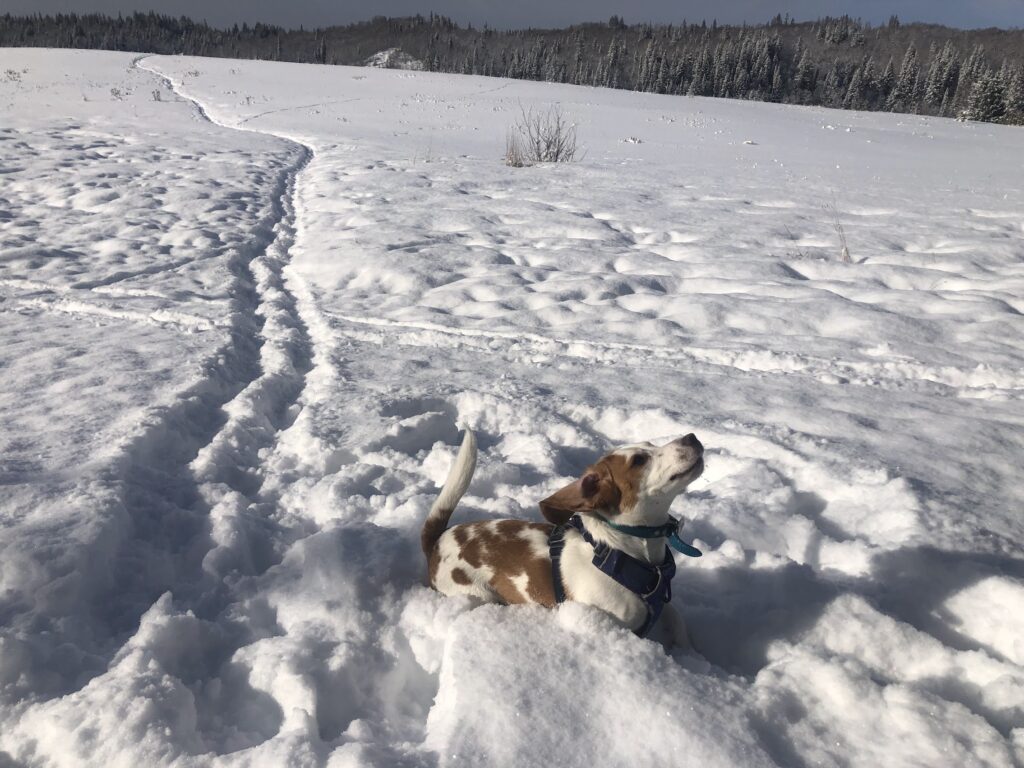
It’s rather humorous to me that articles continue to surface with titles such as, “scientific studies show that *insert positive outcome to human beings* from *insert anything to do with being outside*. Firstly, because much of the ideologies which shaped science as we know it today, correlate to our currently widespread disconnect from land and place. Moreover, it is funny that science is what is convincing us to then return to nature, as if revealing its secret and long ignored benefits when, it is so obvious that nature is good for us according to our own bodies, which speak to us constantly.
Even so, I am still learning to develop the confidence and competencies to assess and manage risk factors in the outdoors so that I can go out and enjoy it in the fashion and to the extent that I desire. Moreover, the responsibilities that I will carry as an outdoor educator are greater, especially if I am to succeed in my desire to foster a deeper relationship between students and the outdoors. One of the ways I have recently sought this confidence and competency building is through a course provided by the Outdoor Council of Canada for leading hikes.
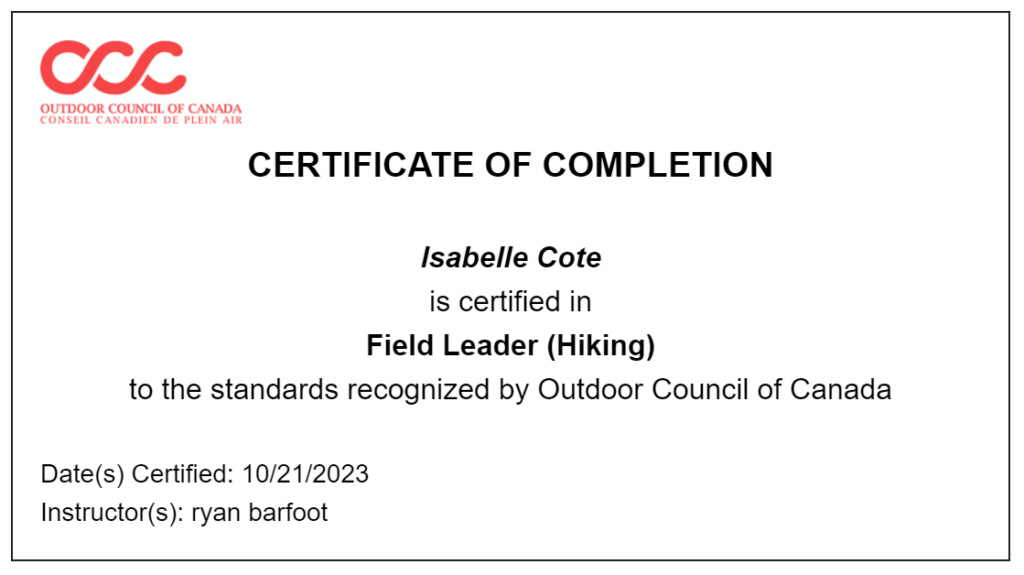
Thus, I have spent much time pondering how to teach students about the Outdoors, and help them build for themselves a meaningful connection with the outdoors. As I have elsewhere stated, I believe that teaching is about leading students to make connections, especially with things they already know, so that they are building a network of knowledge that is more readily accessible to them, because it relates to their lives and community. This idea is not my own, of course, though most of us know from our learning experiences that our best learning happens when our hearts are in it. So, many educators, and researchers have noticed through practice and study, that building connections between learning and what has been learned is most effective for achieving the former and reinforcing the latter. As such, it seems to me that all that is left to do is foster those connections.

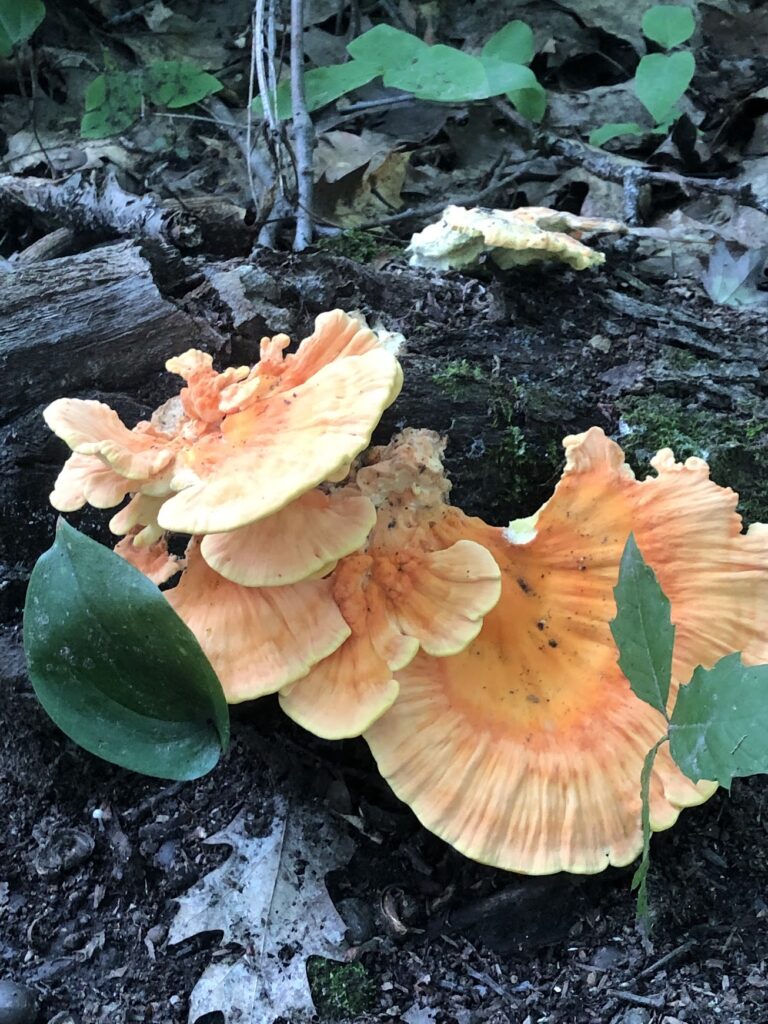
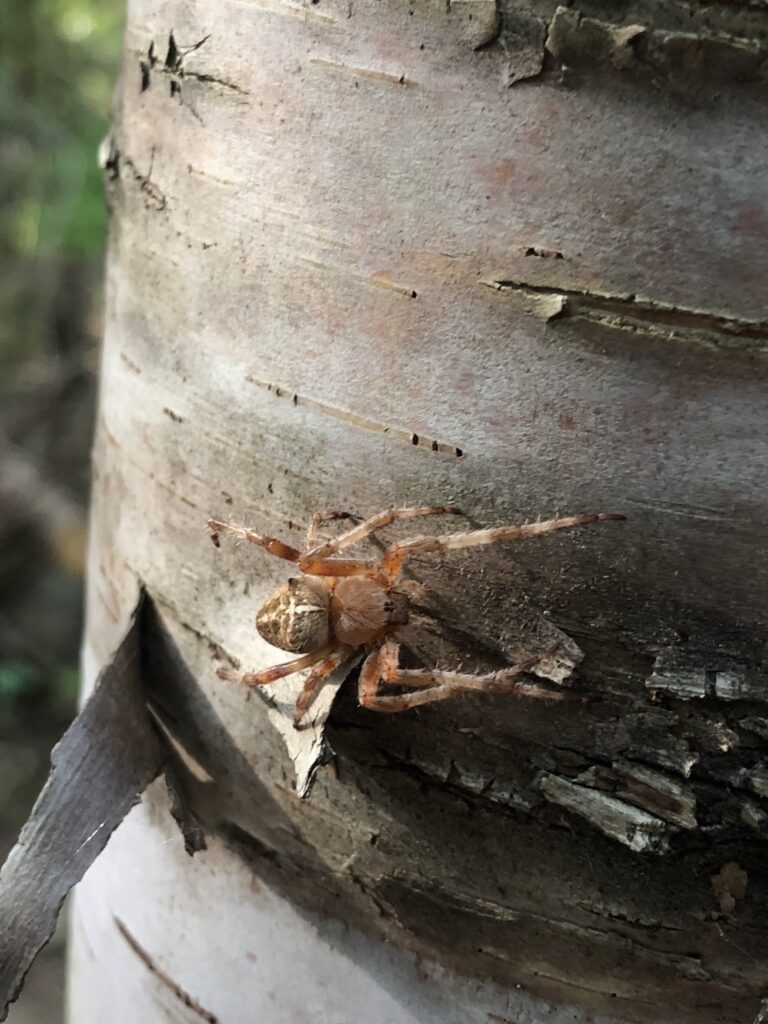

Currently, I see this best being done through multiple exposures from a spectrum of views and through a variety of practices. For example, if you wanted to learn about huckleberries, you would learn the most about it from learning through engaging with the plant with your senses, reading about the plant, listening to different people talk about the plant, recreating the plant with alternative materials, discussing the plant with others, considering its uses, making use of it yourself, and even learning about similar plants, the plant’s habitat, and its ecosystem–and more! Regardless, guided exploration, purposeful play, and learning from respected knowledge keepers–whether they be peers, community members, elders, the land, or other–is key!
Phenomenally, though, outdoor education, isn’t just about learning what’s outside–it’s also about how to interact with the outdoors, especially in safe, fun, and sustainable ways! This means that outdoor education teaches about how to manage risk, to engage in more meaningful play, or deep learning in the outdoors. It also teaches about environmental sustainability, community, land, place, and the reciprocal relationships that exist between ourselves and all these aspects and entities.
Ultimately, outdoor education and recreation is about acknowledging and making greater time and space for land and place, outside of indoors spaces, to be in relationship with us, and us with it.